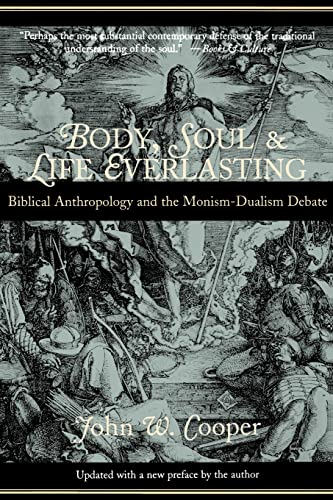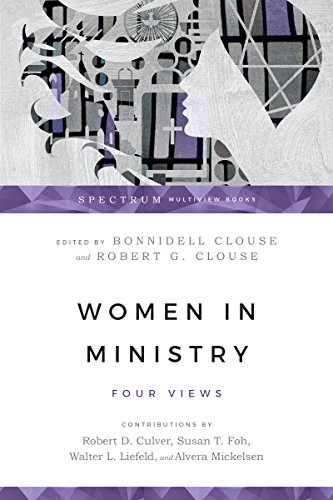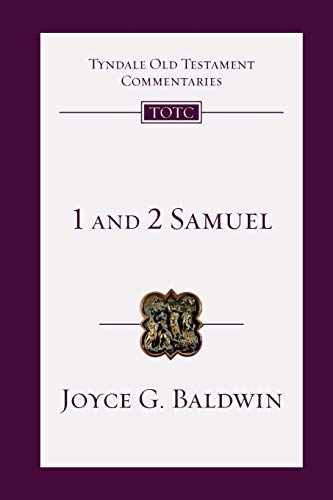Peter and the Beloved Disciple: Figures for a Community in Crisis (JSNTSS 32)
Written by Kevin Quast Reviewed By D. A. CarsonAdopting the consensus view that the fourth gospel was written against a background of mounting crisis owing to conflict between church and synagogue toward the end of the first century, and that the beloved disciple, though a real person, primarily functions in a symbolic fashion, Quast sets out to uncover the symbolic significance of both Peter and the beloved disciple in the Gospel of John. In chapter 2, Quast examines Peter’s place in John 1–12. Peter shows up only twice, where he appears as one among the disciples of Jesus, yet sufficiently prominent that he can serve as their spokesman. His own faith is judged to be exemplary, in the sense that it exemplifies what the evangelist understands to be required in anyone who is to become a true disciple of Jesus. The chapter ends by warning that it would be premature to conclude that, even if this portrait of the evangelist’s understanding of Peter is correct, it necessarily follows that it is also the community’s view of Peter. It is just as likely, Quast thinks, that the evangelist is correcting a community impression.
That sets the stage for the ensuing chapters. Chapter 3 examines the interaction between Peter and the beloved disciple at the Lord’s supper. Quast concludes that the presentation does not dispute ‘the leadership/spokesman role that Peter assumes in the greater Christian tradition’ (p. 70), since the beloved disciple follows Peter’s lead and acts under his direction. If the beloved disciple represents the Johannine community, and Peter represents the ‘Apostolic community’ (which rather begs some questions!), there may be an appeal to bring the two communities together on the basis of a proper relationship.
In chapter 4, Quast concludes that the narratives of Peter’s denials (1) are not dependent on the synoptic accounts, and (2) do not pit Peter and the beloved disciple against each other. Rather, each has his own symbolic function. Peter (and the disciples he represents) lacks faithfulness and understanding. The contrast is not between Peter and the beloved disciple, but between Peter and Jesus. ‘A dramatic contrast is created wherein Jesus denies nothing and Peter denies everything’ (p. 98). Like all the other disciples, Peter is unable to follow Jesus to the end. The beloved disciple is shown to be intimately related to Jesus, and, with Mary, ‘reveals to the gospel readers that [Jesus’] crucifixion marks not the end, but the beginning of new relationships in the church’ (p. 99).
Chapter 5 is devoted to a study of Peter and John at the empty tomb. That the beloved disciple arrives first should not be taken to signal precedence in importance or authority. Indeed, that he arrives first should not, Quast says, be thought surprising: ‘After all, he is being described to the community that identifies itself with him’ (p. 123). He simply exemplifies true discipleship: it is necessary to come to a point of belief. For his part, Peter shows that belief is ‘precipitated by an historical witness to the evidences of the resurrection’ (p. 123). But why, someone might ask, must Peter function in this way at all? Would it not have sufficed to make John the witness? Quast says that, apart from the fact that this narrative ‘is obviously built upon traditional sources that focus on Peter … the need was arising for the Johannine community to hold fast to the anchor of their faith, and the traditions surrounding Peter embodied that anchor. One could expect that as the Johannine community matured, the Beloved Disciple’s identity as a witness paled while his exemplary discipleship continued as his legacy. For his legacy to continue unabated and uncorrupted, the Johannine community had to embrace the more secure Apostolic traditions’ (pp. 123–124).
In chapter 6, dealing with John 21, Quast argues that the need for the Johannine Christians to join themselves to the ‘Apostolic stream’ becomes increasingly obvious. However much John 21 focuses on Peter, it was to be read by the Johannine community. The evangelist was preparing the community for the death of the beloved disciple, and part of this preparation reminds them of Peter and his role—and therefore the role of the broader apostolic church. Not least does the example of Peter show that conditions for high office in the church include love for Jesus, and willingness to die for him. Peter and John are not to be contrasted: they represent complementary roles.
The seventh (and final) chapter summarizes and integrates these findings, but does not advance them.
Many of the exegetical observations in the book about Peter and the beloved disciple are sensible enough. It is the attempt to turn Peter and the beloved disciple into symbols for two disparate communities (only the first one ‘apostolic’), and then to discern the dynamics of the Johannine community by clever ‘mirror-reading’, that prompts a fair bit of suspicion that the thesis is uncontrolled and unprovable. Quite apart from the fact that I am unconvinced that the portrait of the Johannine community painted by Brown, Martyn, Meier and others (and which Quast presupposes) is correct, it seems to me that the narrowness of this study is almost guaranteed to ensure distortion. Granted that the fourth gospel is primarily about Jesus, is it not necessary to say more about how Peter and the beloved disciple function within the demonstrably primary concerns of the fourth gospel, as a control on what symbolic values may be projected onto them? Is the evangelist concerned to write a book about Peter and the beloved disciple? To put the matter another way, is it easy to imagine any first-century reader seeing so much symbolic value in the two figures as they appear in the fourth gospel? Well, perhaps, but I doubt it; and if they did, it would only be because the situation in the Johannine community (assuming this was written for the community!) was exactly as Quast has created it. But the only evidence for the kind of alienation from the beloved disciple that would cherish the exemplary discipleship of the beloved disciple but not (unless it were buttressed by the ‘Apostolic stream’) his authority, lies in the mirror-reading that depends on the symbolism and exegetical judgments of Quast in the first place. Meanwhile, if the putative Johannine community has to be persuaded of Peter’s (and therefore the apostolic church’s) place in the scheme of things, why should its authority be thought more secure or tempting than that associated with the beloved disciple?
For the kind of study it is, the work is well done, the writing lucid. But the case it makes, I think, is not proven, not plausible, and barely possible.
D. A. Carson
D. A. Carson is emeritus professor of New Testament at Trinity Evangelical Divinity School in Deerfield, Illinois, and cofounder and theologian-at-large of The Gospel Coalition.







